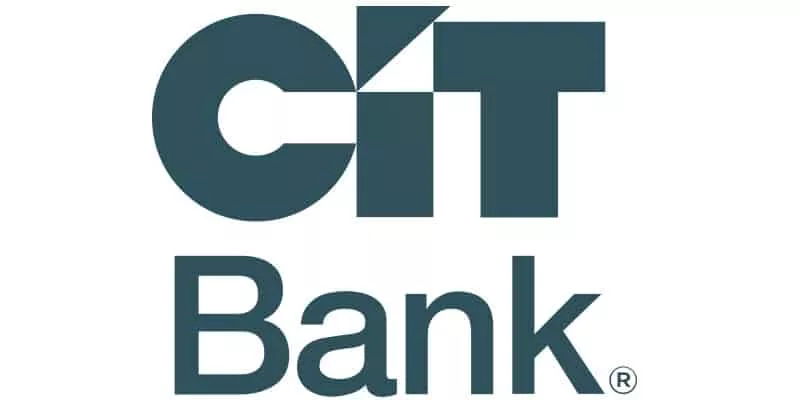Disputing credit report errors can take some time and effort, but it's worth it to ensure that your credit report is accurate and complete. The Fair Credit Reporting Act (FRCA) says the information on your credit reports must be accurate.
Having a good credit score can help you qualify for loans and credit cards at competitive interest rates.
5 Easy Steps to Dispute Credit History
1. Get a copy of your credit report
2. Review your credit report carefully
3. Dispute any inaccurate or errors.
4. Provide supporting documentation.
5. Follow up with the credit bureau.
A Closer Look At How to Dispute Credit History
1. Get a copy of your credit report. You can get one free copy of your credit report from each of the three major credit bureaus (Experian, Equifax, and TransUnion) once a week at annualcreditreport.com.
2. Review your credit report carefully. Look for any inaccurate or incomplete information, such as accounts that you don't recognize, late payments that you've made on time, or closed accounts that are still listed as open and much, for instance:
- Outdated information
- Charge off that has been sold or transferred has past due balance instead of zero balance
- Incorrect account numbers
- Collection accounts with a credit limit
- Incorrect balance
- Inaccurate opening date
- Credit limit wrong
- Credit card account not reporting credit limit
- Open charge-off accounts
- Accounts not included in bankruptcy
- You are reported as the owner of the account, when you are actually just an authorized user
- Incorrect date of last payment, date opened, or date of first delinquency
- Same debt listed more than once (possibly with different names)
- Name misspellings
- Multiple home addresses
- File merging or identity mix-up (your name may be similar or the same of someone else)
- Reinsertion of incorrect information after it was corrected
- Accounts that appear multiple times with different creditors listed (especially in the case of delinquent accounts or accounts in collections)
3. Dispute any inaccurate or incomplete information. You can dispute credit report errors online, by phone, or by mail. Each credit bureau has its own dispute process, so be sure to check their website for instructions. It's important to be specific in your dispute and clearly identify the error and explain why it's inaccurate.
Factual disputes give consumers a greater chance at having their disputes taken seriously. If disputes are factual and the credit bureaus refuse to delete them, they are in violation of the FRCA. Once you identify a violation you've got some leverage on your side.
Here is just one of many FCRA rules that backs consumers' rights to have accurate credit reports:
§ 602. Congressional findings and statement of purpose
(a) Accuracy and fairness of credit reporting. The Congress makes the following findings:
(1) The banking system is dependent upon fair and accurate credit reporting. Inaccurate credit reports directly impair the efficiency of the banking system, and unfair credit reporting methods undermine the public confidence which is essential to the continued functioning of the banking system.
The Fair Credit Reporting Act is a lengthy document but it's worth studying. The FCRA is a powerful set of rules and key to fixing your credit.
4. Provide supporting documentation. When you dispute an error, be sure to include any supporting documentation you have, such as copies of receipts, bank statements, or letters from creditors. Keep copies of all documentation. This includes your credit report, any supporting documentation you submit, and all correspondence with the credit bureaus.
5. Follow up with the credit bureau. After you submit your dispute, the credit bureau has 30 days to investigate and respond. If you don't hear back from them within 30 days, the credit bureau must delete the disputed account.
If you are unable to resolve a dispute with the credit bureau directly, you can file a complaint with the Consumer Financial Protection Bureau (CFPB). The CFPB is a federal agency that protects consumers from unfair, deceptive, or abusive practices by financial institutions.
Request Negative Accounts Be Deleted, Not Corrected
There are no laws that require a credit bureau to delete negative information if that information is accurate. But there's no harm in requesting deletions because “corrected” negative information will likely do nothing for your credit scores. If you request a deletion of the entire account then that may help your credit scores.
Request the Method of Verification for Verified Disputes
The Fair Credit Reporting Act (FCRA) Rule 611(a)(6) allows consumers to request the method of verification used by a consumer reporting agency to verify a disputed account.
This rule gives consumers the right to know how the credit reporting agency determined that the disputed information was accurate.
If you dispute an item on your credit report and the credit reporting agency verifies the item, you can request the method of verification. The consumer reporting agency must provide a description of the method of verification within 15 days of receiving the request.
The method of verification must be specific enough to understand how the credit reporting agency verified the disputed information. For example, the credit reporting agency may say that they verified the information by contacting the creditor or by reviewing a copy of your credit agreement.
Here is an example of how to request the method of verification:
Dear [Credit reporting agency name],
I am writing to request the method of verification used to verify the following disputed item on my credit report:
[Account description]
I have attached a copy of my dispute letter and the credit reporting agency's response.
Please provide me with a description of the method of verification within 15 days of receiving this request.
Thank you for your time and attention to this matter.
Sincerely,
[Your name]
By understanding their rights under the FCRA, consumers can take steps to ensure that their credit reports are accurate and complete.














